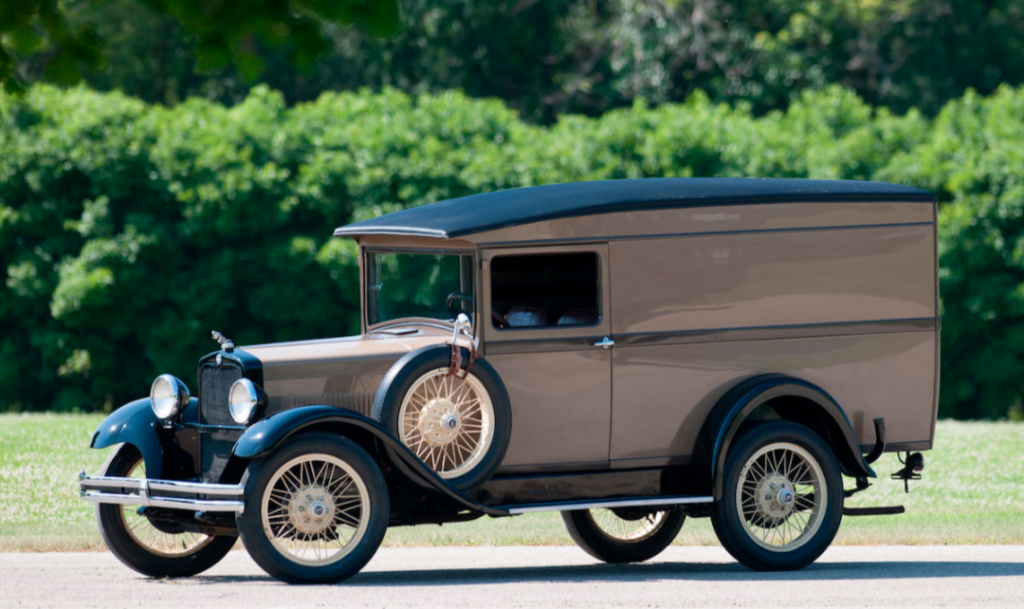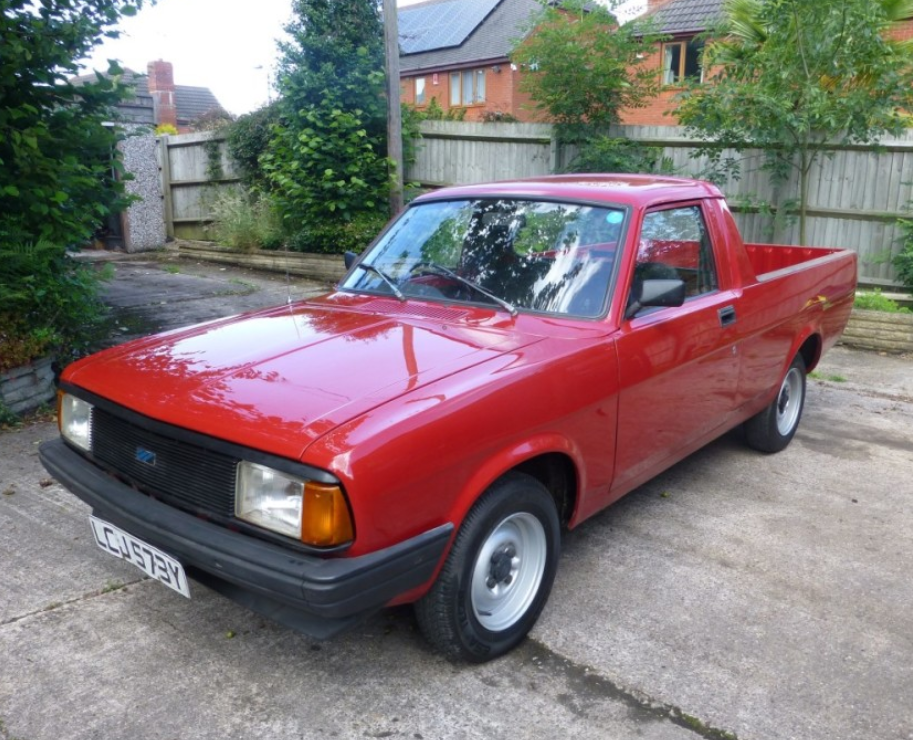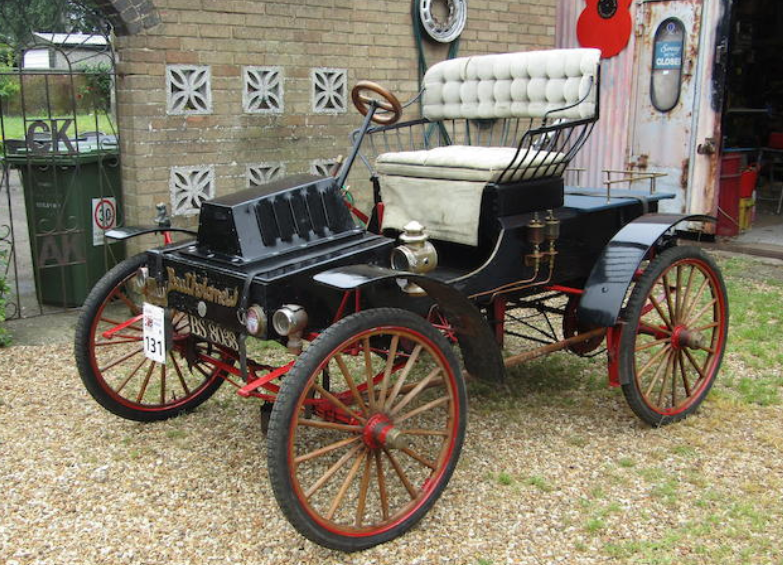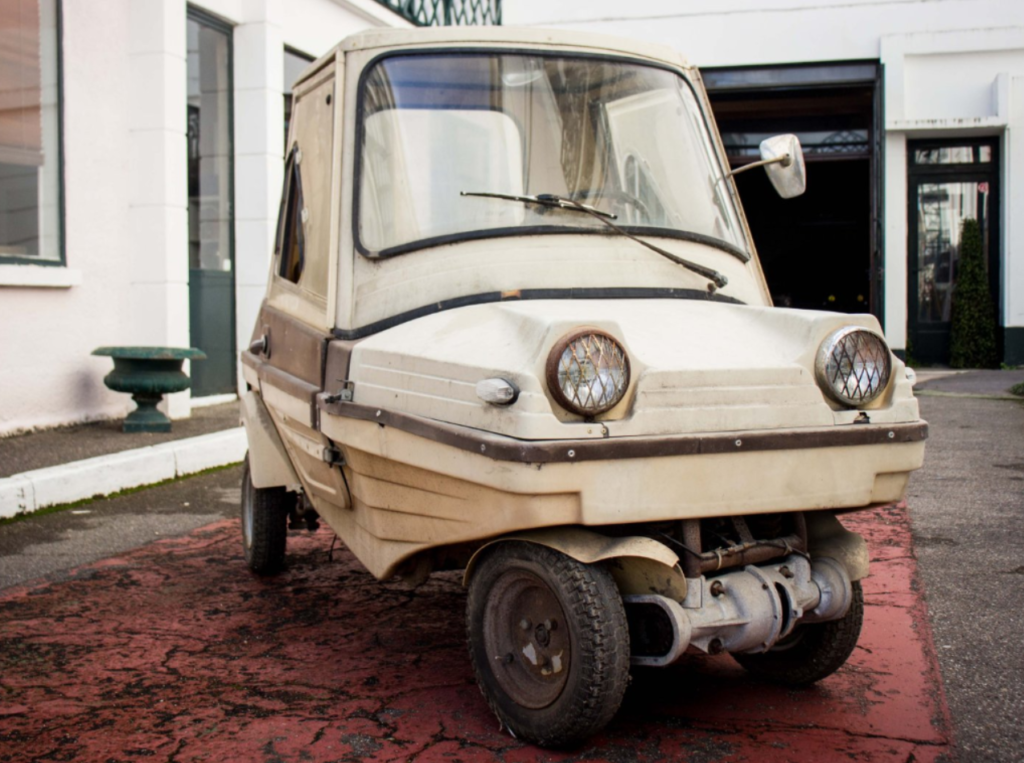1904 De Dion-Bouton Model Y 6hp Two-Seater
Offered by Bonhams | London, U.K. | November 1, 2019
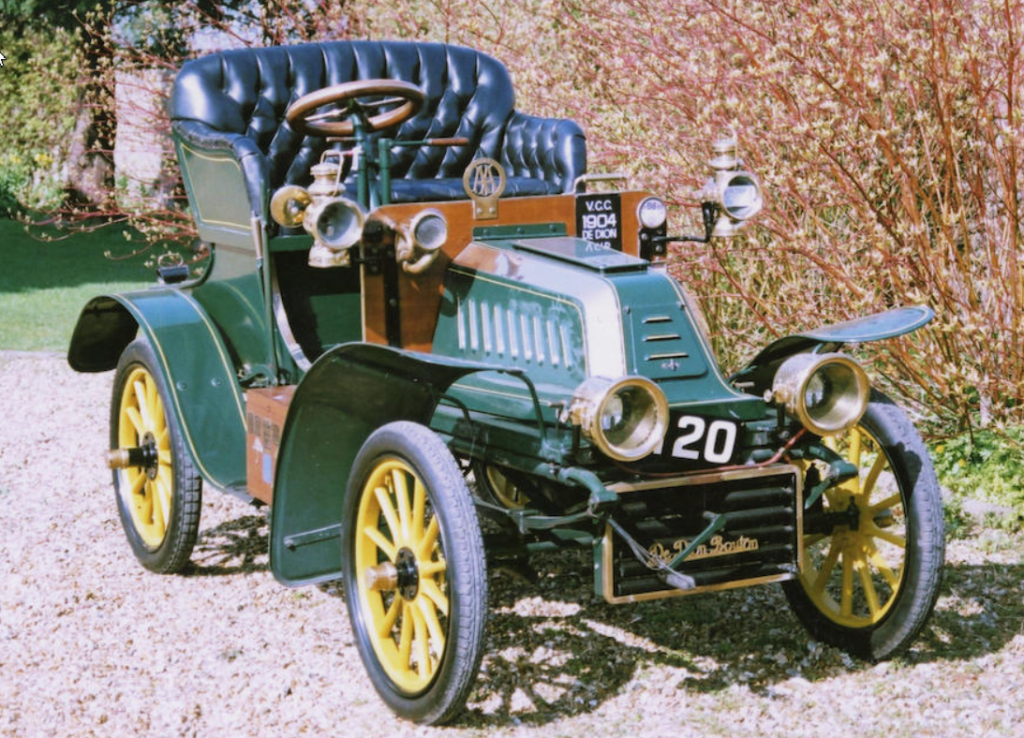
De Dion-Bouton was the first automotive giant. Founded in 1883, the company actually lasted until 1953, though automobile production ceased in 1932. This 1904 Model Y was from their heyday.
The Type Y is powered by a 700cc single-cylinder engine making six horsepower. De Dion was selling six-cylinder cars at this time, so this would’ve been their bargain-basement model.
It’s a London-to-Brighton veteran that was sold new in the U.K. and was discovered on a sheep farm in New Zealand in 1967. Of course it was a sheep farm. Today, it should bring between $71,000-$84,000. Click here for more info and here for more from this sale.
Update: Sold $74,468.





